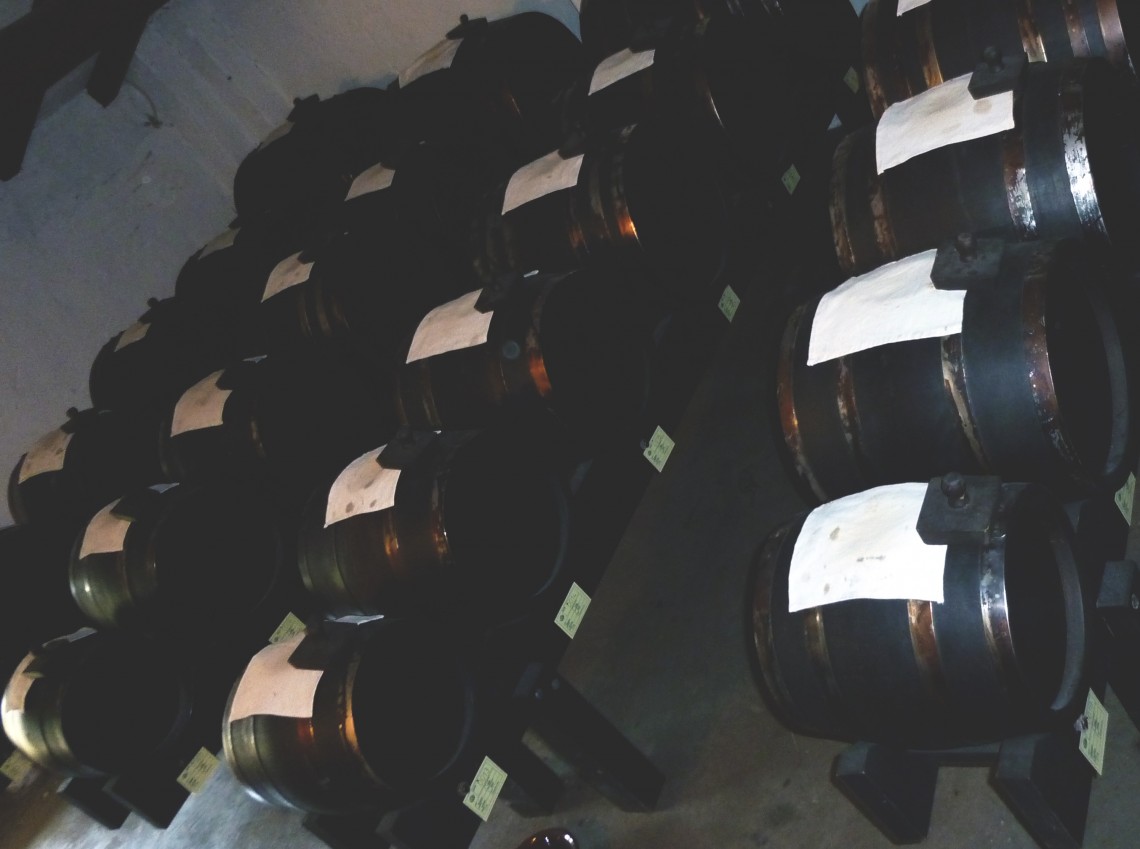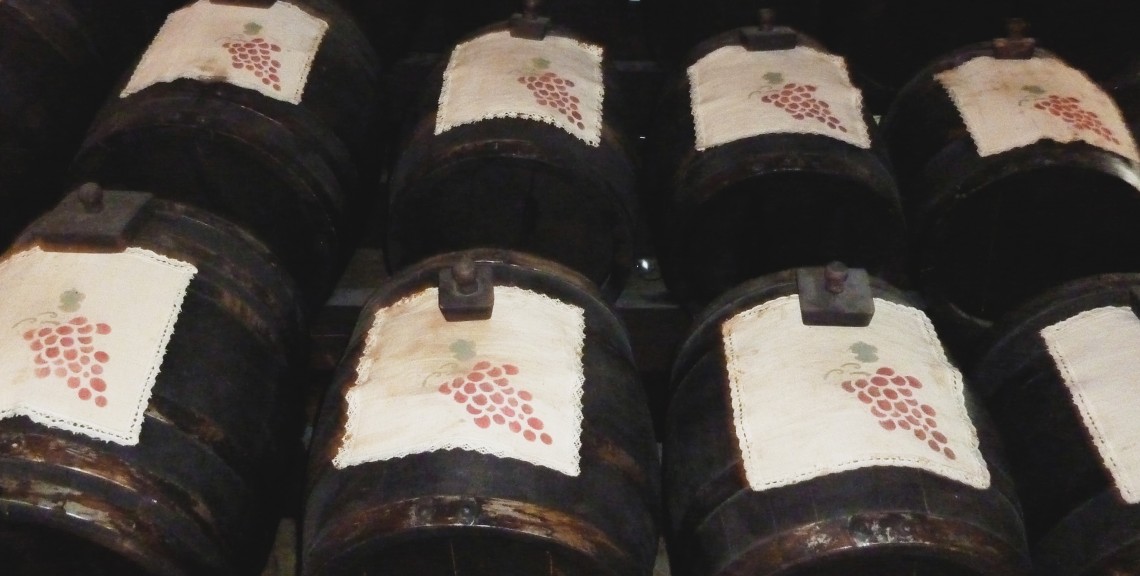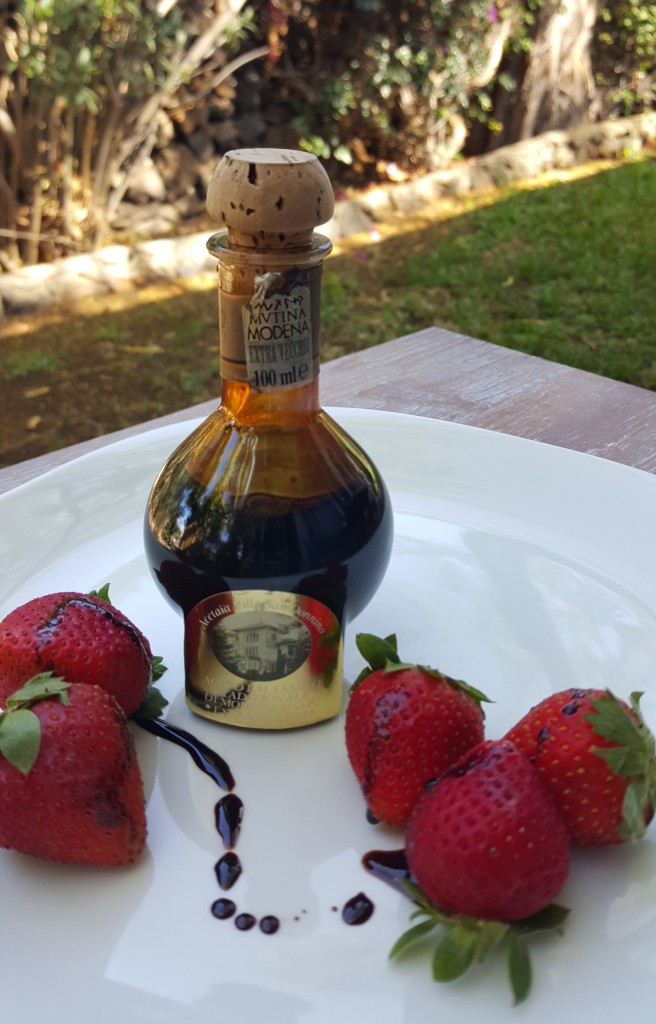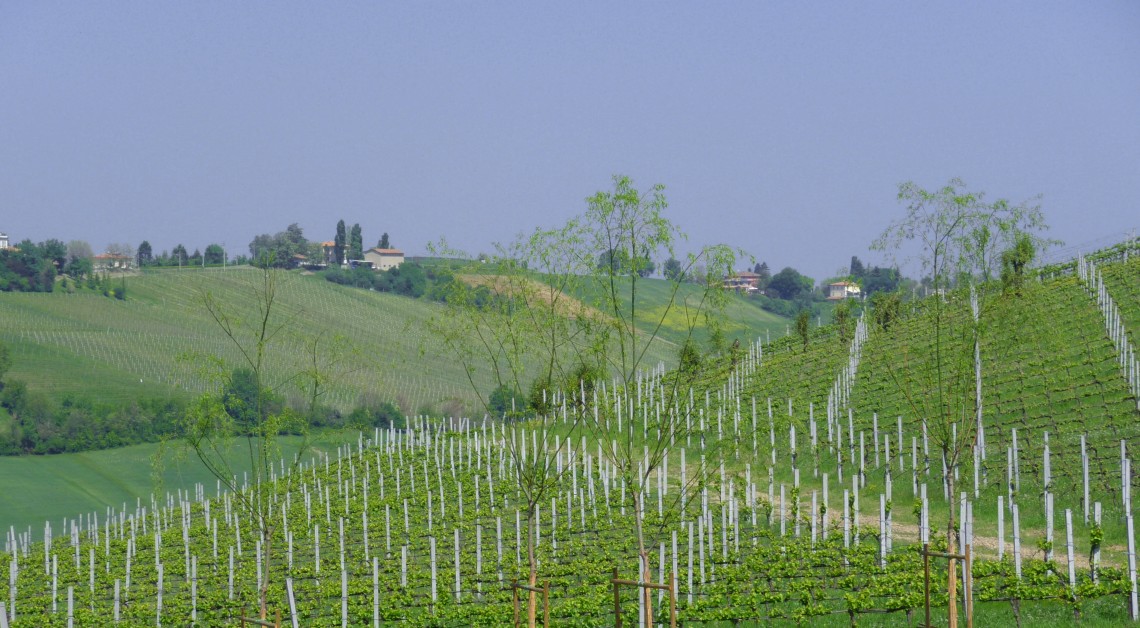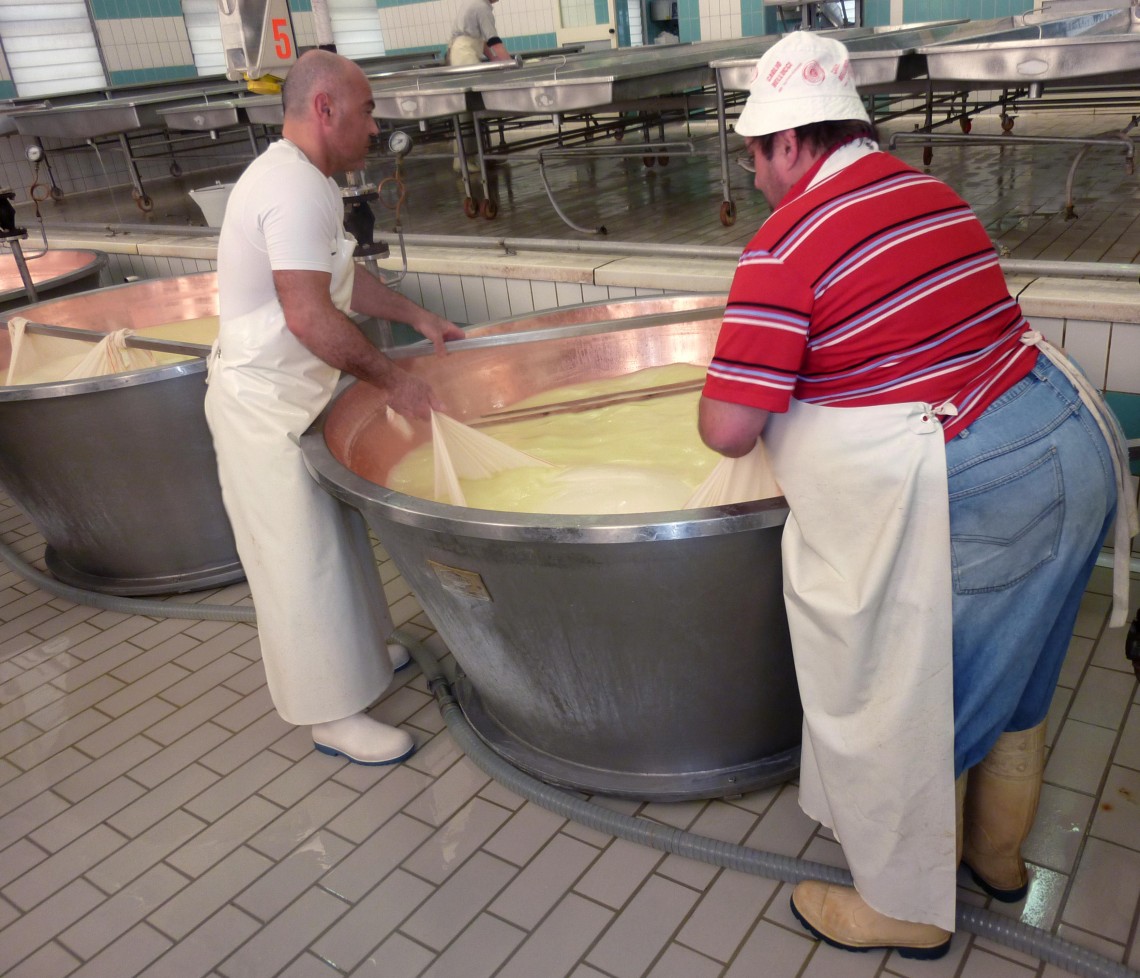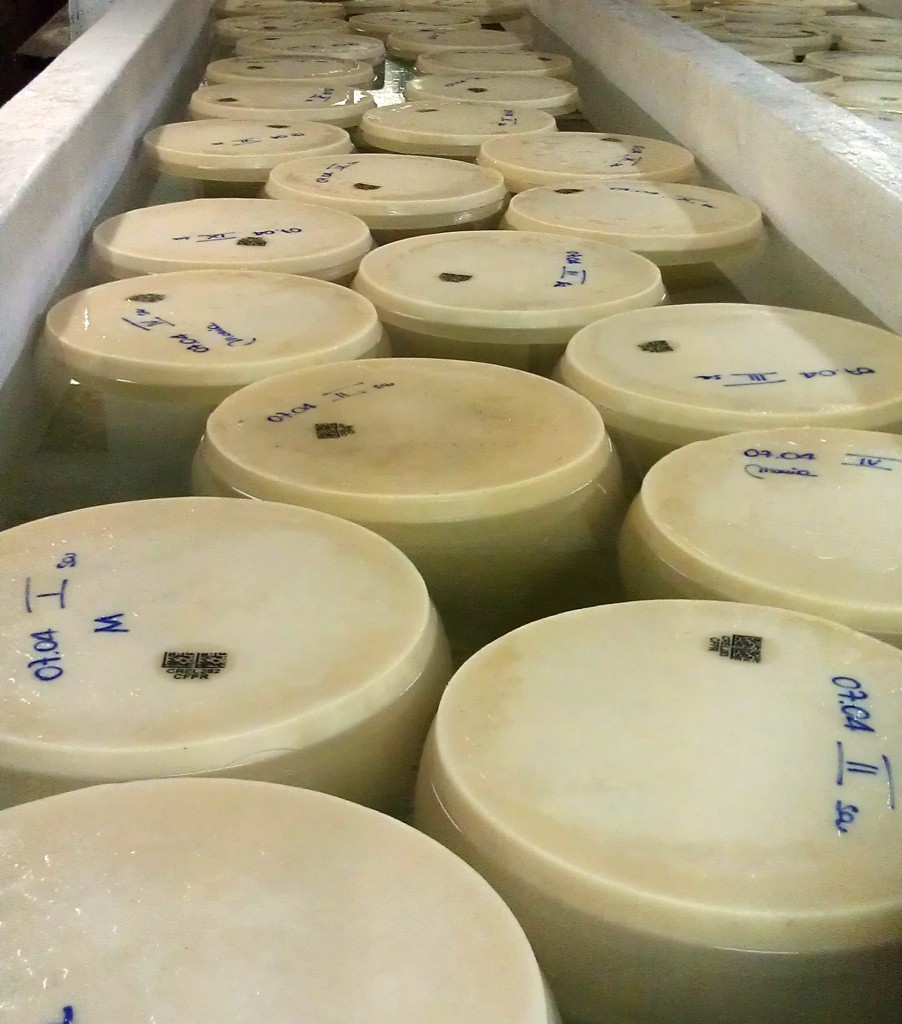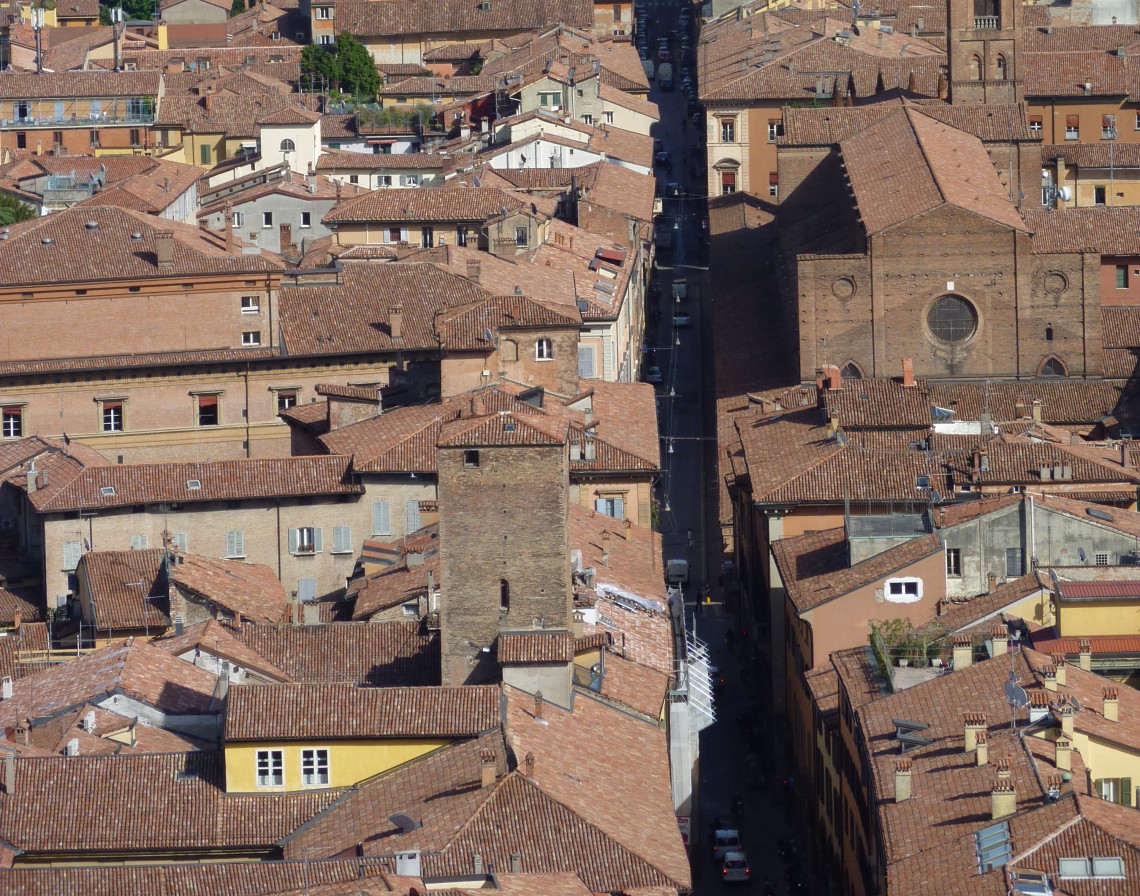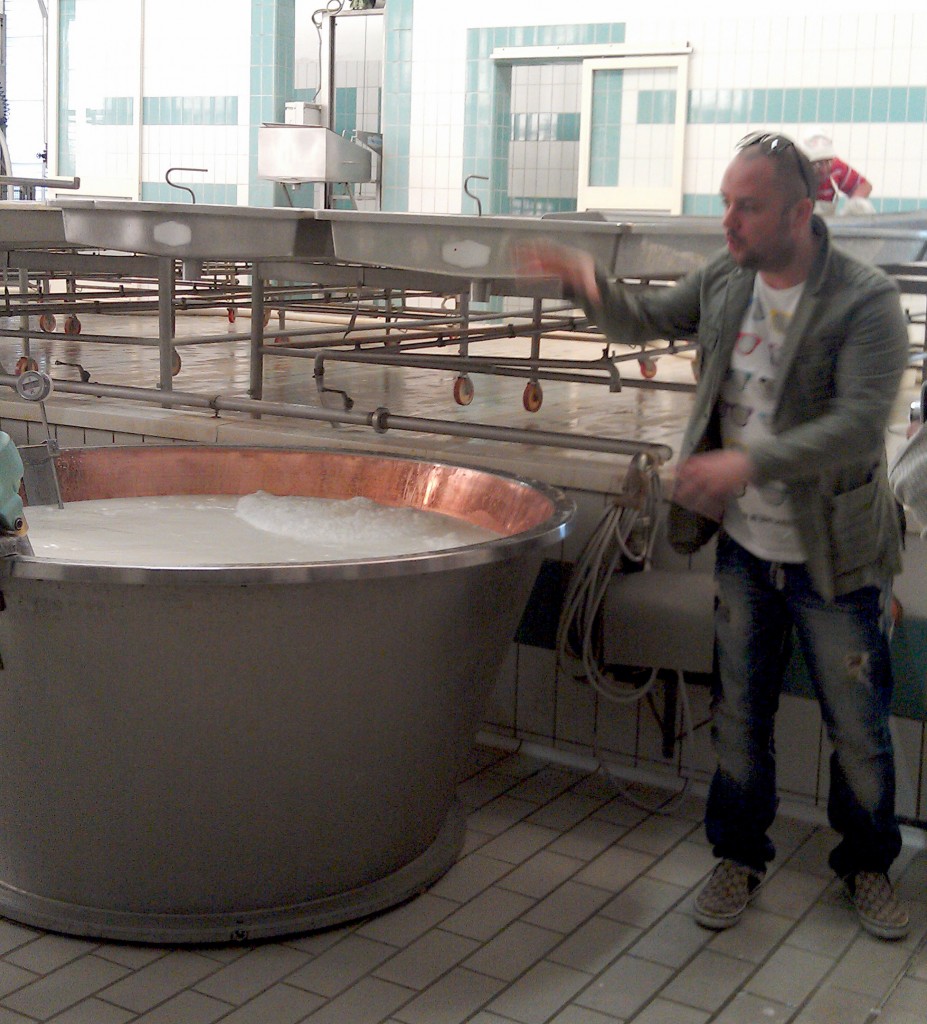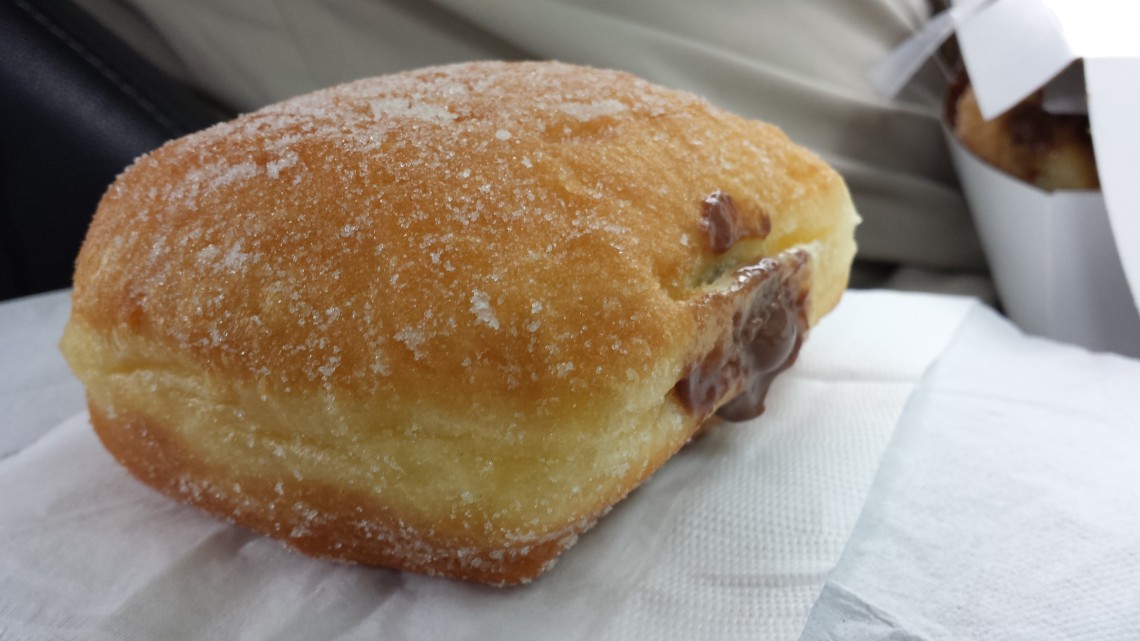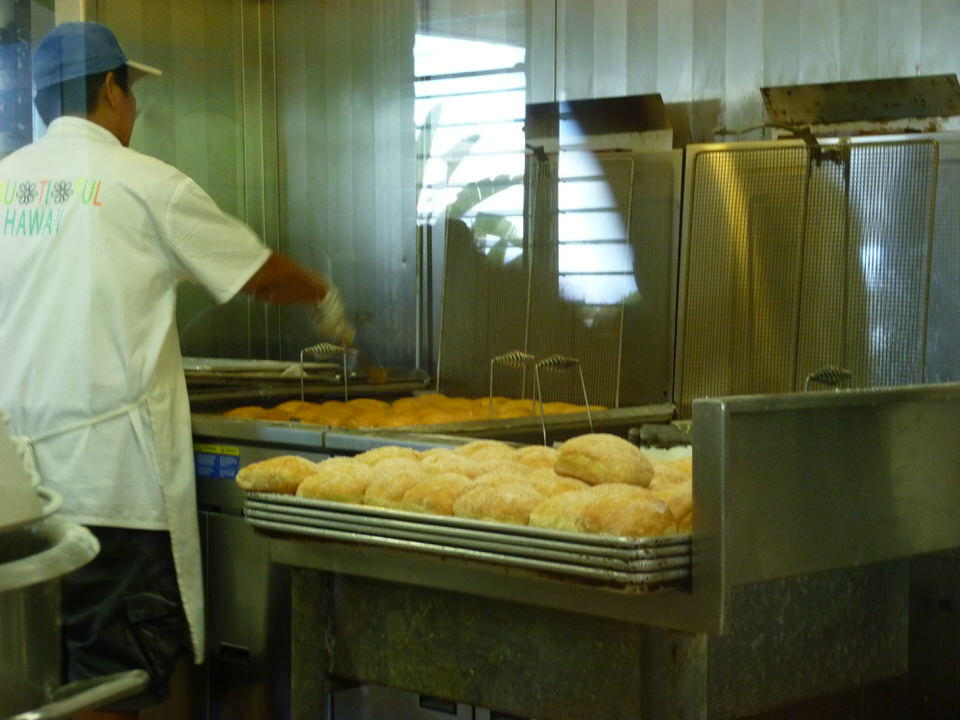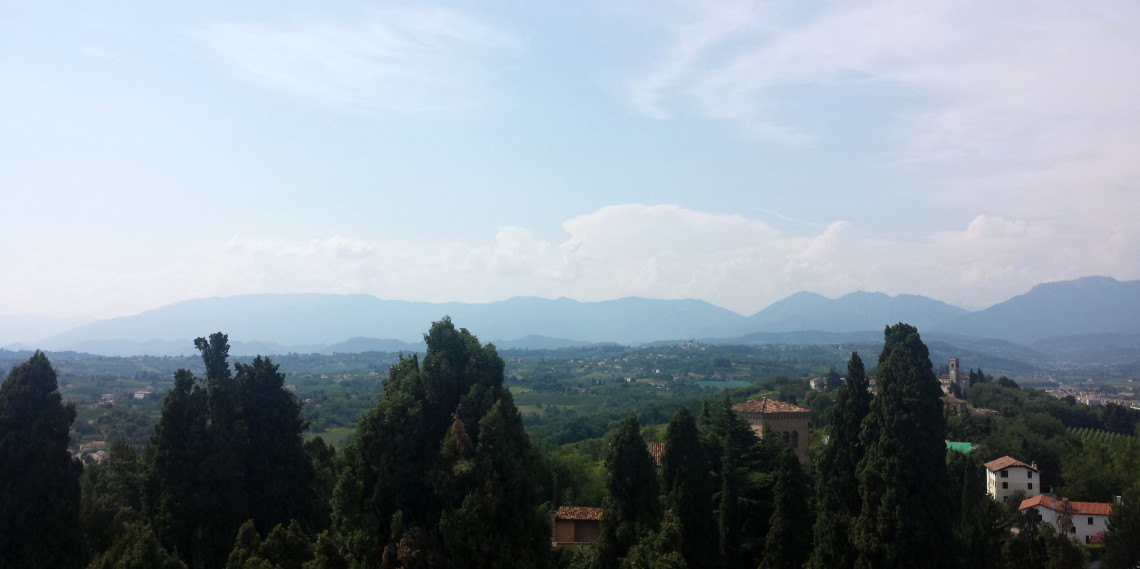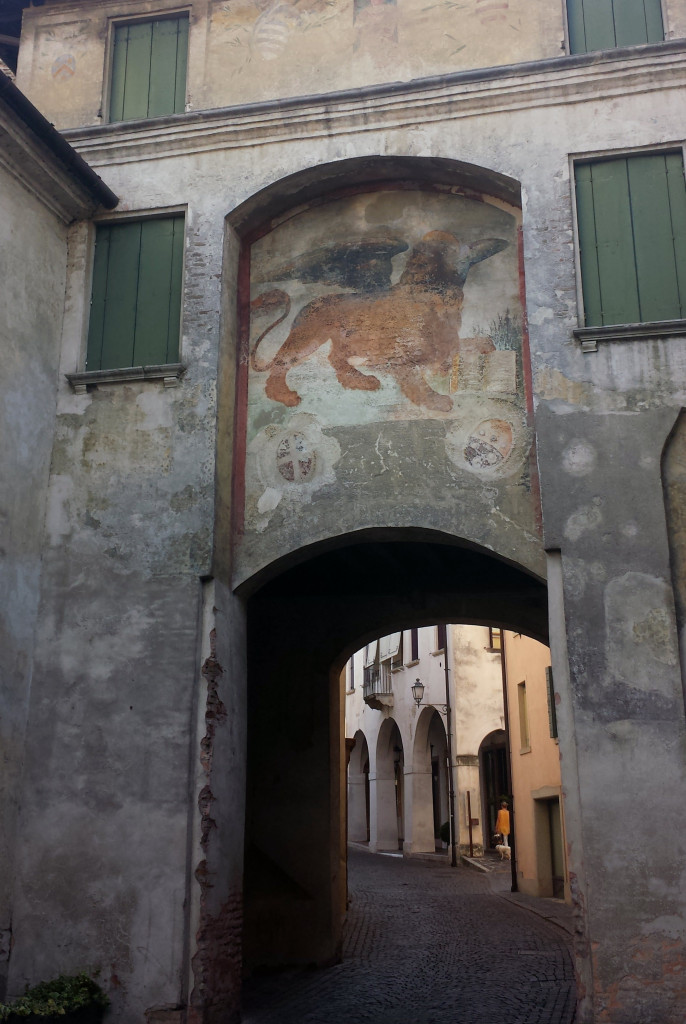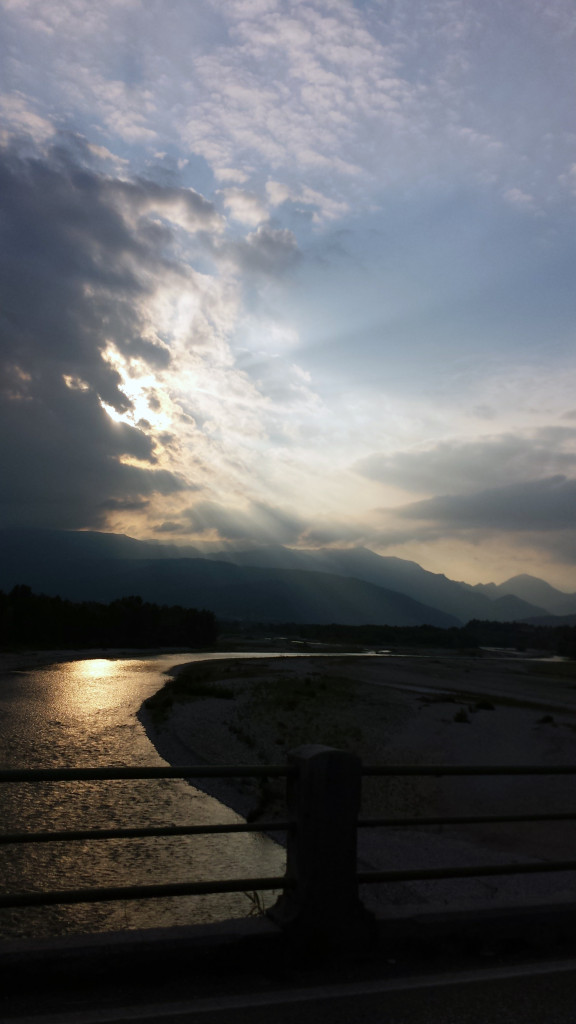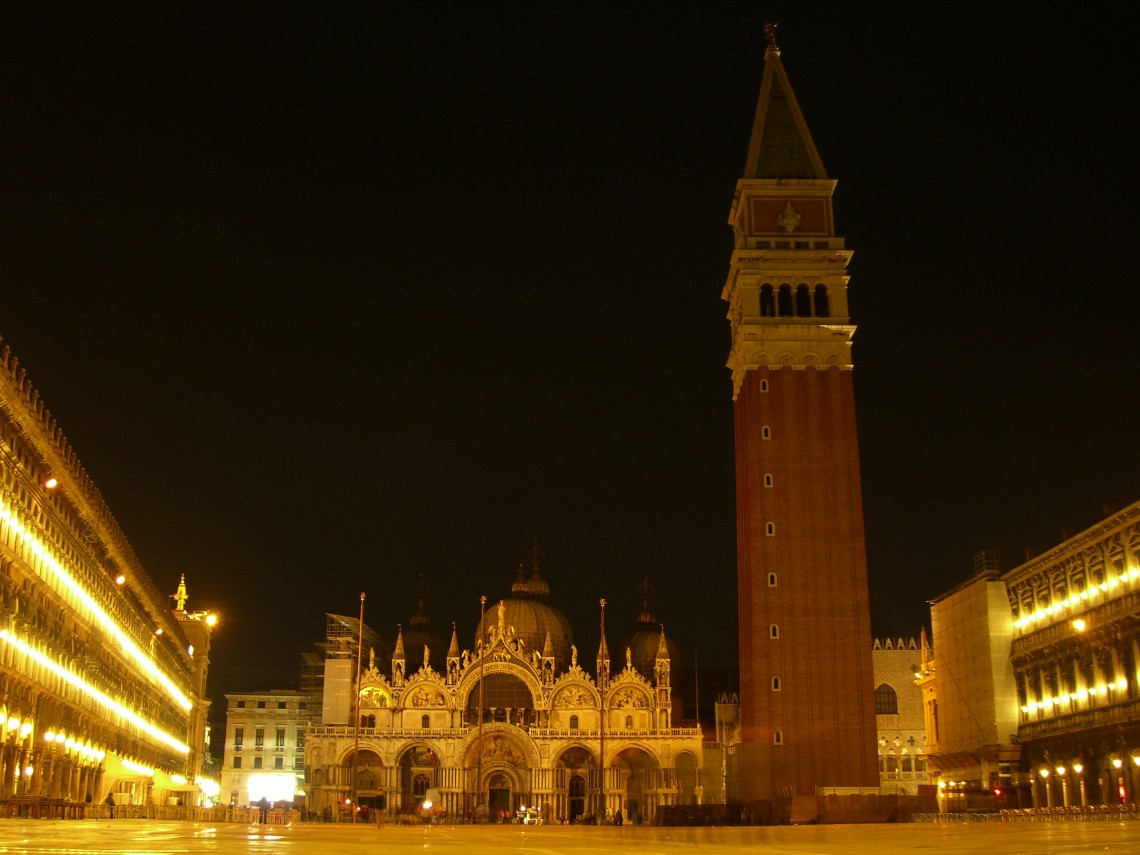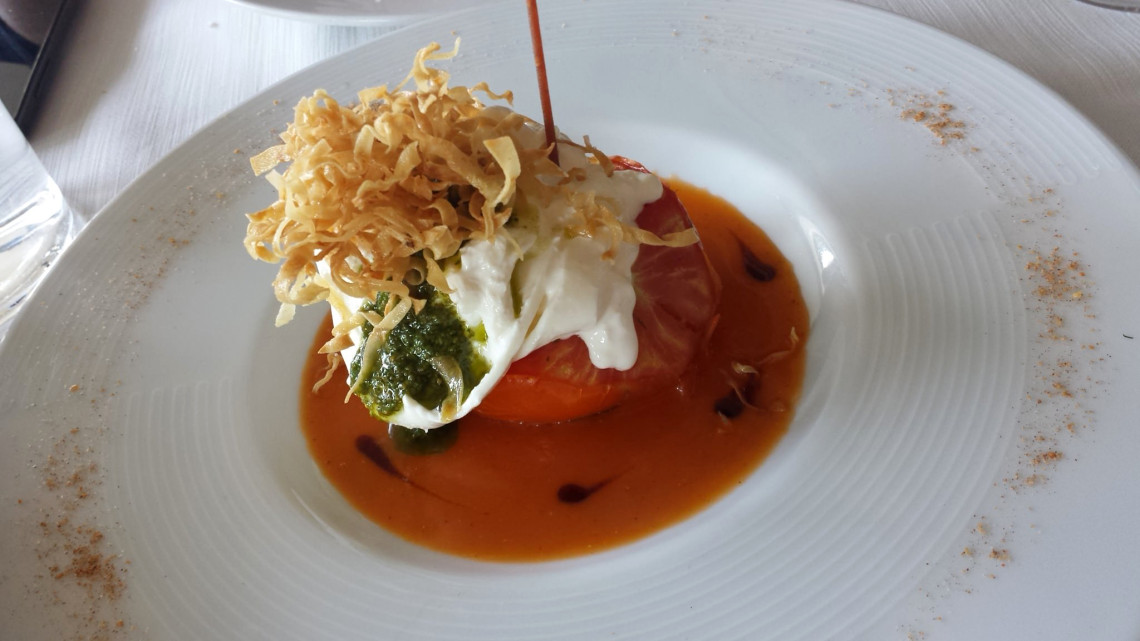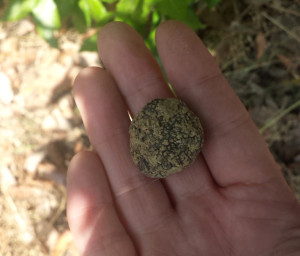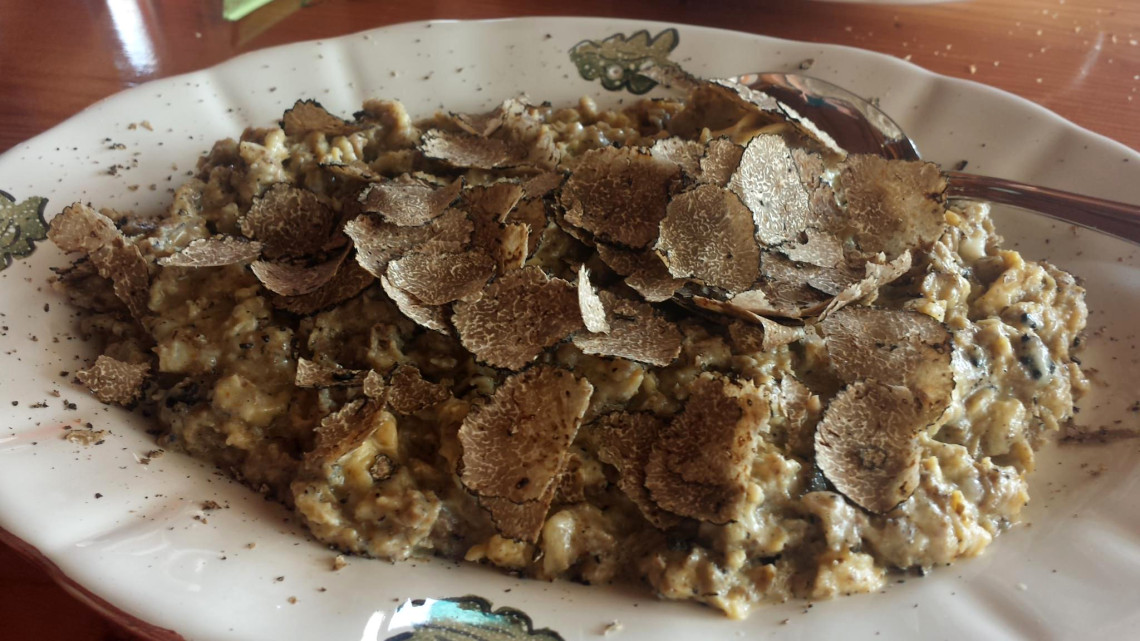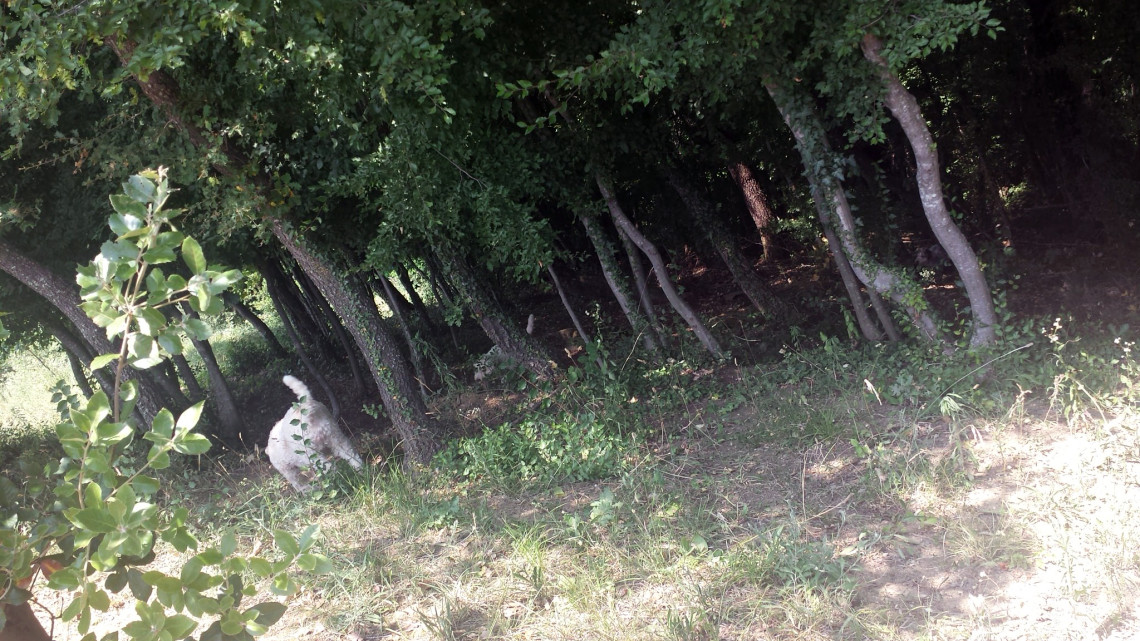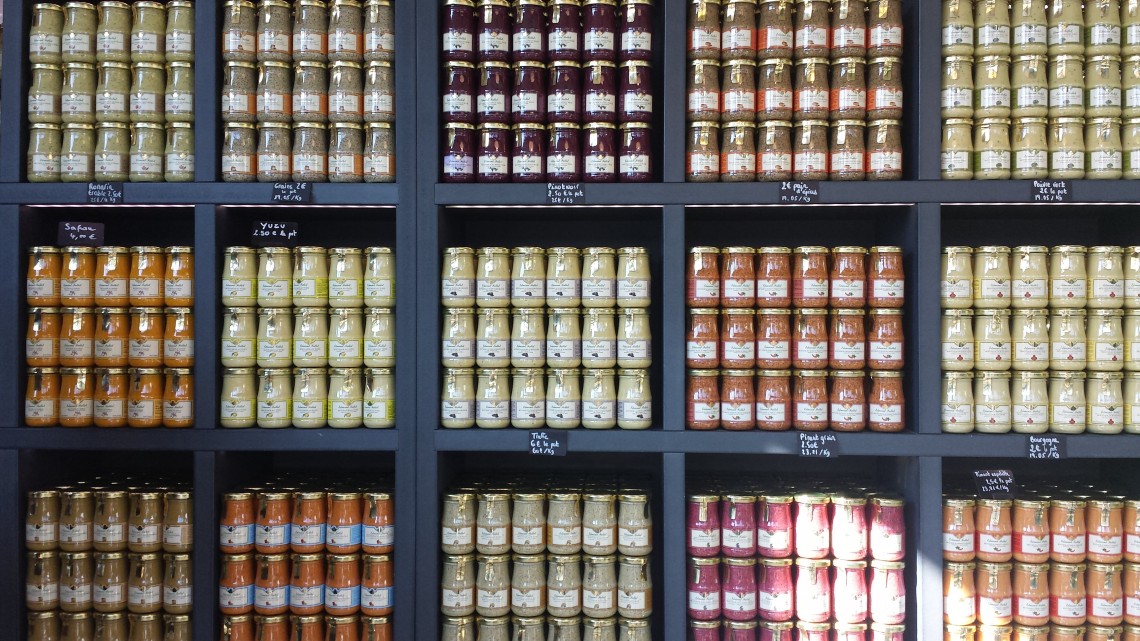You tasted a fantastic cheese at a party, and when you asked what it was, your foodie friends threw around a bunch of pointless acronyms. You were like, yeah, whatever, parmesan from Italy, good enough. And you moved on. Then you bought some, and the experience was more like eh, than the wow you remembered. Why is that? Simple. Because you ignored the acronym. You need to understand Italian food, DOP and all. We learned about this a few years back when we decided to explore Italian food, Bologna style, with Italian Days Food Tour.
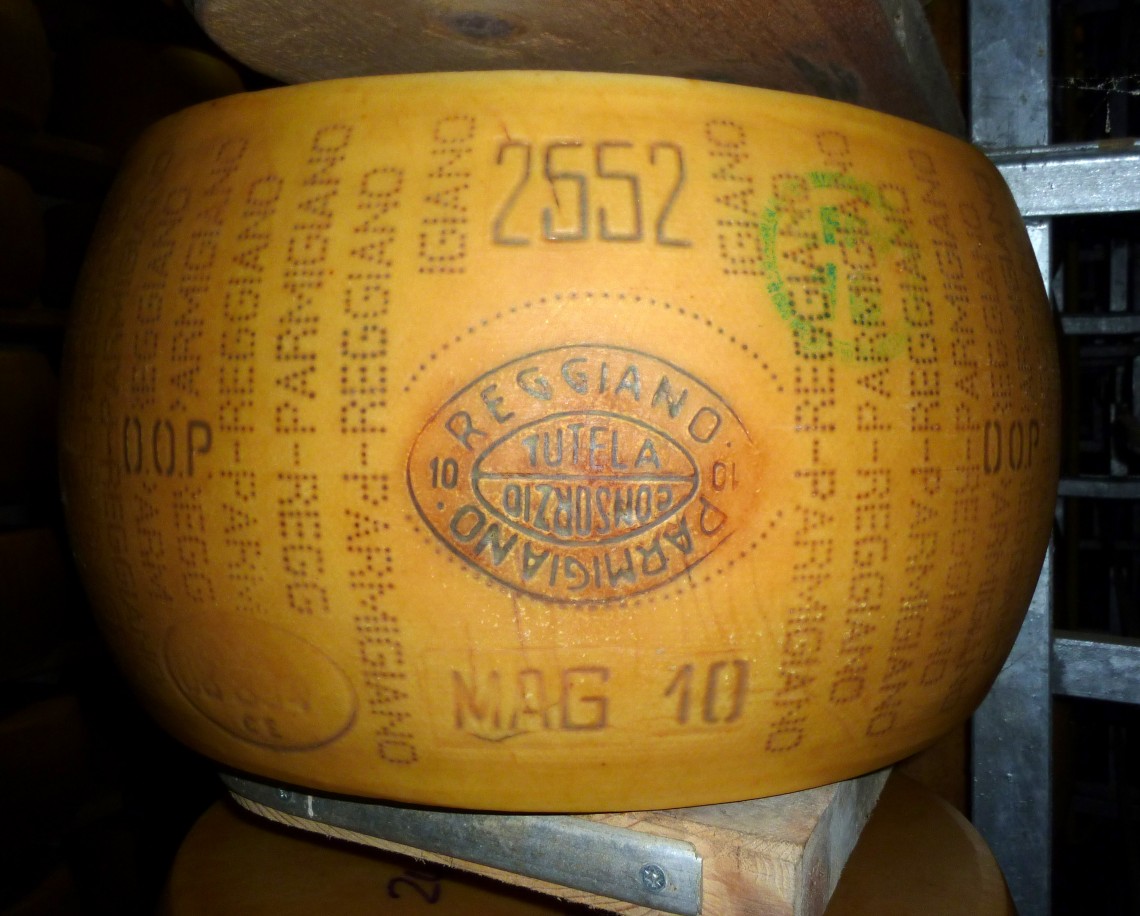
Wheel of Parmigiano Reggiano DOP aging
Let’s Look at DOP, Simplified
DOP stands for denomainazione di origine protetta. This certification is granted to individual producers when they follow strict production guidelines. DOP guarantees the quality and production specifications in the creation of the Italian food product.
Take Parmigiano Reggiano DOP for example. Milk can only come from cows in Parma, Reggio Emilia, Modena, Bologna (west of the Reno River), and Mantua (east of the Po River). The cheese must be produced and aged in these provinces as well. The birth location and type of cow come into play, as well as what they eat. All these factors must be met for DOP certification.
But, the milk and production location alone does not sanctify DOP status. The Parmigiano Reggiano Consortium sends Parmigiano Reggiano experts to investigate that the cheese making facilities are producing in using traditional methods. Parmigiano Reggiano DOP is made by hand in the same manner as generations past. There are many steps in the process from applying yesterday afternoon’s milk as this morning’s starter, to the size, material, and shape of the cauldrons used, to the wheels used for shaping, and the salt to water ratio of the brine. Each wheel is aged in the region for a minimum of 12 months. After that, there are three additional aging reference points: over 18 months, over 22 months, or 30 months. Each wheel is rotated and brushed clean regularly during aging. The consortium experts check that it is all going as it should.
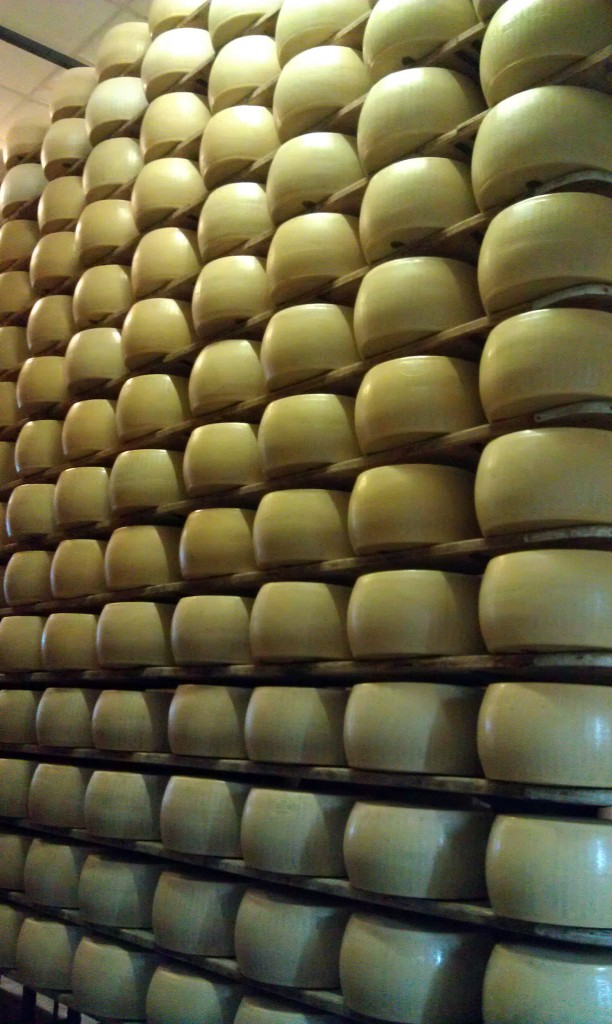
Rows of Aging Parmigiano Reggiano
Then the real test comes as they check each wheel of cheese with a hammer, needle, and finally a sampling dowel if necessary.
They are listening and looking for too many air holes. The more air holes, the more places that moisture can gain hold and linger causing unwanted mold. The fewer air holes, the longer the cheese can age. They are determining if each wheel rates as DOP if it is ready for market, if it can age longer, and finally if it does not quite qualify at all as DOP and is just “cheese,” which by the way is itself delicious.
How Do You Know if it’s Parmigiano Reggiano DOP?
Take a look at the rind. The visual info found there means everything. You will see an inscription stating PARMIGIANO-REGGIANO, DOP, and CONSORZIO TUTELA. The number identifies the dairy used in the wheel, and the production month and year. You can visit the official Parmigiano Reggiano website and type in the number on your wheel and see what dairy in Emiglia-Romana produced it. Luckily, the consortium has a fact-filled website for your enjoyment before you go to buy your next wedge of Parmigiano Reggiano DOP.
